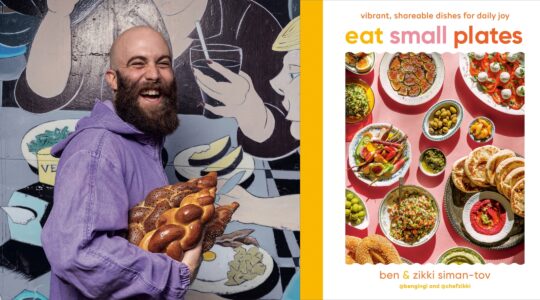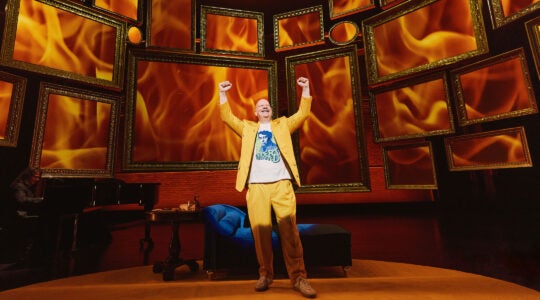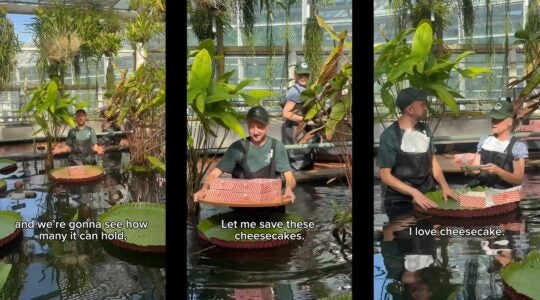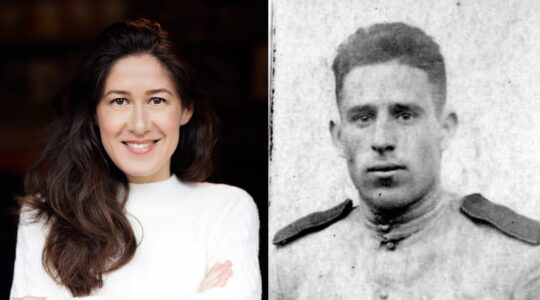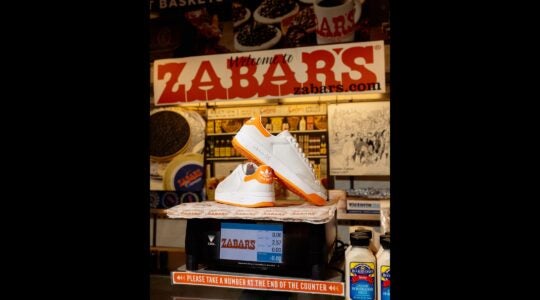If the couch at 20 Maresfield Gardens in London could speak, it would have stories to tell. It was, for years, the consulting couch of Sigmund Freud — and it sits in his immaculately preserved study.
Freud was Austrian, but after the Nazi annexation of 1938, he moved to this house in London, where he continued to write, research, and see patients on the couch that he shipped from home. It was in this study that he wrote his book about the biblical character Moses, called “Moses and Monotheism.”
The house is now the Freud Museum, and offers visitors much more than a chance to see his study. You can see the largest remaining collection from Freud’s library, and more than 2,000 historical artifacts which he collected from across the world. There are displays about his work and his legacy, and special exhibitions.
On June 24, the museum will begin its three-month Festival of the Unconscious to mark the centenary of his important essay, “The Unconscious.” A special exhibition will “encourage visitors to think and learn about the unconscious mind and how it influences our behavior.” It will focus on Freud’s essay, and also display art that explores the idea of the unconscious.
The Freud Museum is also dedicated to his daughter, Anna, who lived there for four decades, and made an important contribution to the field of children’s psychoanalysis. For anyone interested in psychology, in the importance of London in sheltering Jews feeing Nazism, or both, the Freud Museum is well worth a visit.
For a completely different foray into London’s Jewish history, sign up to a walking tour of the East End, north of the River Thames. It was there that huge numbers of immigrant Jews settled in the early 20th century, and much of the culture of Jewish London was formed. Though most Jews moved out, the Jewish imprint on the East End is everywhere, from telltale signs of buildings’ pasts as synagogues or cheders to place names. In one case, even a street name bears testimony to the area’s Jewish past. Chicksand Street is the only British street named after a halachic requirement — the biblical injunction to cover blood after slaughter. On this street, chickens were slaughtered and their blood covered with sand.
Some of the best tours of the East End are run by JW3, the new JCC facility that opened in London in 2013. JW3 also runs a wide range of cultural, arts and kid’s activities.
Among the Jewish children of Britain, one of the all-time favorite daytrips is Cadbury World in Birmingham, a 90-minute train ride from London. This is because it is a large visitor center dedicated to Britain’s favorite chocolate brand, Cadbury — and because unlike many other popular confections, virtually all Cadbury products are kosher, meaning there’s little self-restraint required when it comes to tastings … at least from a kashrut point of view.
Staff thrust chocolate bars into your hands as you enter, so you’re tasting from the first moment, and the exhibition holds the attention of the whole family. It starts with the beginnings of chocolate, and then takes you through to the start of Cadbury, which was established by idealistic Quakers. You are constantly moving, and being stimulated by chic displays, actors playing historical characters, and glimpses of production equipment.
The presentations are designed to delight children — for example, in one movie, seats shake to make you feel like you are one of the cocoa beans being shaken on the screen. Last year Cadbury World opened a new $3 million section called 4D Chocolate Adventure — a 4D movie that gives you a whole set of chocolate-related sensations as you watch, including the sense of diving in to a big pot of chocolate. It also opened another section last year, its Chocolate Making Zone, where visitors can enjoy traditional chocolate making demonstrations, and choose from a range of sweet treats to add to a pot of warm liquid Cadbury Dairy Milk chocolate.
Cadbury World is a cultural as well as a chocolate experience, with vintage ads and other displays delving in to Brits’ love for their own particular strain of milk chocolate. Cadbury is such an important cultural institution in Britain that even the royals go crazy for it — the company produces special batches, using a secret recipe, for the Queen. And the newest exhibit at Cadbury World is a baby carriage made from chocolate, crafted to celebrate the birth of the new royal baby, Princess Charlotte.
The New York Jewish Week brings you the stories behind the headlines, keeping you connected to Jewish life in New York. Help sustain the reporting you trust by donating today.
